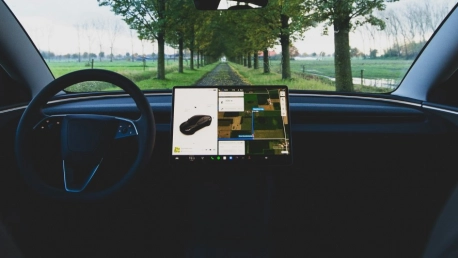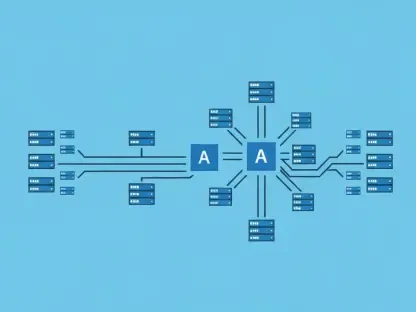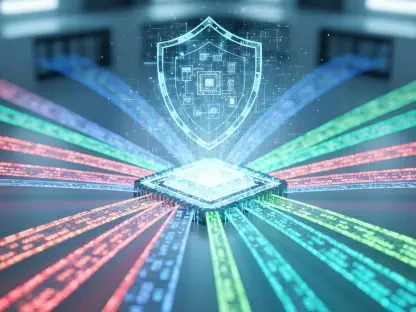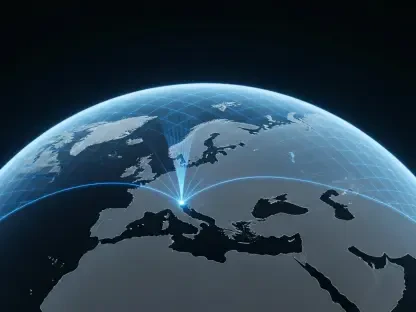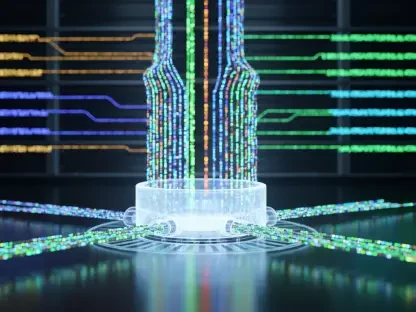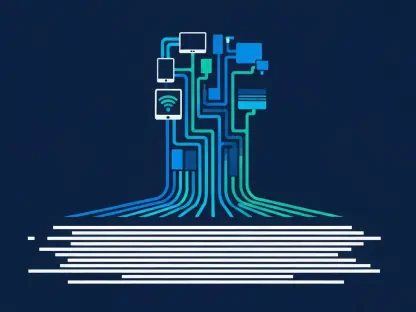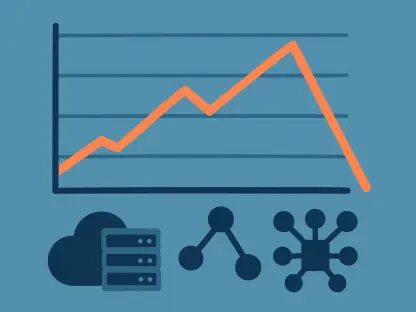2024 is the year of the Level 3 Autonomous Vehicle (AV). A huge leap toward self-driving cars, a concept that once solely existed in the realm of science fiction. But before we close the door on 2023, we could be seeing the first cracks in the software-driven cars. Tesla, after enduring years of investigation, have issued a national recall on almost all their cars, thanks to oversight from the National Highway Traffic safety Administration (NHTSA), over concerns their Autopilot software is lulling drivers into a false sense of security. The issue of AV software is a matter of public safety, and while the rules, regulations, and infrastructure will have to play catch up to the technology (for the most part) this shows the effort on the part of regulators to ensure that all vehicles on the road adhere to a strict code of safety. Let’s take a look at what the software recall entails and what drivers can expect in the upcoming update.
Remote Software Update on Nearly All Teslas
Following intense conversation and consultation, Tesla released a statement for a recall of vehicles equipped with Autopilot, to specifically address the issues highlighted by the NHTSA. While the road safety regulator believes the automotor manufacturer could better equip drivers to remain alert, Tesla believes it’s more a “misuse” of the autosteer function, than a development flaw. Nonetheless, they have voluntarily chosen to recall affected vehicles, which is all of them, as Autopilot is a standard feature in all their cars. Officially, however, the recall affects:
- Model S: 2012–2023
- Model X: 2016–2023
- Model 3: 2017–2023
- Model Y: 2020–2023
While a recall of close to two million vehicles sounds like a customer service nightmare, Tesla will deploy a free over-the-air software update that would see their cars getting a remote software update (similar to an overnight update of Android or iOS software on a phone). The concerns raised by the NHTSA, borne out of a two-year investigation into Tesla crashes (including fatal accidents) suggests that the Autopilot system does not sufficiently warn drivers to remain alert and in control of the vehicle. The Autopilot system assists with functions like steering, accelerating and braking, which the Society of Automotive Engineers (SAE) classifies as a Level 2 autonomous vehicle, which expressly requires continuous driver attention and control. The argument to increase driver awareness is a valid one, and is a major criterion for road safety in Level 3 autonomous vehicles. In 2024, Mercedes-Benz will introduce its first level 3 AV in the iconic shape of the S Class, with Drive Pilot onboard. Drive Pilot comes with a laundry list of features that enhance and promote safety; first, it doesn’t activate unless the operational design domain is met, which means driving in the ideal environmental and road safety conditions. But conditions change, and yielding control back to the driver is an important factor. Drive Pilot starts with subtle warnings that increase in intensity until the driver has indicated they’re alert and in control. These warnings include an audible chime and a change in color of the steering wheel to red, followed by louder and more frequent chimes, seatbelt tugs and vibrations in the seat and steering wheel. If the driver still doesn’t respond and take control after ten seconds, the car will institute emergency proceedings and come to a complete stop, turn on hazard lights, unlock the car and remotely call emergency services. Releasing Drive Pilot is as simple as tapping the accelerator pedal, brake pedal or pressing the Drive Pilot button on the steering wheel.
What Can Drivers Expect in the Software Update?
For Tesla drivers, very little in the function of their vehicles will change. The remote software update (version 2023.44.30) will provide additional driver prompts and safety protocols. These alerts and prompts aim to further encourage drivers to remain vigilant and in control of the vehicle at all times, while Autosteer is engaged; this will specifically highlight the importance of keeping hands on the wheel and eyes on the road, while also paying attention to the environment and surrounds. Owners of the newer models will also notice increased engagement with the user interface, with pronounced safety alerts on the display screen. They’ve also simplified the controls for engaging and disengaging Autosteer, allowing drivers to quickly and easily assume full control of the vehicle. The latest update also features additional safety checks when using Autosteer, ensuring assistive technology is correctly used in environments that meet the safety criteria. Tesla warns that repeated abuse of Autosteer, which it defines as the failure to demonstrate “continuous and sustained driving ability” will result in the suspension of Autosteer. Still, criticisms levelled against the electrical vehicle manufacturer claim that the latest update still leaves much to be desired in terms of driver safety at night, when Autosteer is relied upon and mostly used by motorists.
Autopilot Vs Drivers, Who’s to Blame?
The NHTSA and customers point their finger at Tesla, while Tesla maintains that drivers are negligent in accidents involving Autopilot. Critics have found the name “Autopilot” misleading, saying it lends itself to connotations of a fully autonomous vehicle, when in fact, it’s closer to an advanced cruise control system. This is a classic case of prioritizing marketing over engineering, with some suggesting Elon Musk is directly responsible for the misnomer. But with over 736 crashes; 17 of which were fatal, all involving Autopilot, something has gone seriously wrong. A deep change in rhetoric and consumer behavior is necessary and while debates continue to rage around the controversial topic, the fact remains that all cars, fully autonomous or not, will require human attention for a long time still to come.
How AV Manufacturers can Respond
Questions around whether autonomous vehicle technology is ready to be mass-deployed across car manufacturers remains a vital question in the wake of the Tesla recall. But manufacturers can learn a lot from the Tesla saga. Much of the marketing and messaging around self-driving cars has centered in convenience and the driving experience, instead of amplifying the potential benefits of safety and security for drivers, passengers and other road users. Like with any new technology, the communication will determine the attitude. Thousands of articles about self-driving cars whimsically fantasize about the future, where watching TikTok and taking Zoom calls while in traffic will be a reality, relinquishing driving rights to the car. While this is a near possibility (particularly with Mercedes-Benz), the real message ought to reinforce the lifesaving measures these cars have the potential to provide.
Conclusion
As the race to reach new frontiers in car manufacturing heats up, software, regulation, legislation and infrastructure need to keep pace with one another to ensure that public safety is maintained. The recent recall of Teslas illustrate how auto manufacturers could potentially mislead customers and lull them into a false sense of security with assistive features that help perform functions like accelerating, steering and braking. Ultimately, any Level 2 autonomous vehicle requires the full participation and vigilance of the driver, and contingency measures need to be deployed if this is not the case. Whether drivers have been woefully negligent, or autopilot systems are deceptively inefficient, the fact remains that a plan B back up system is necessary in tandem with driver responsibility. With level 3 AVs becoming available in 2024, regulators are under pressure to scrutinize software and its implications as early as possible. Still, much of the required changes, updates and recalls will only come about as a result of trial and error; the danger being the high risk to human life in the process. Every iteration of AV software will make the technology safer and more efficient, and all parties concerned are trying to achieve this with minimal casualties.
